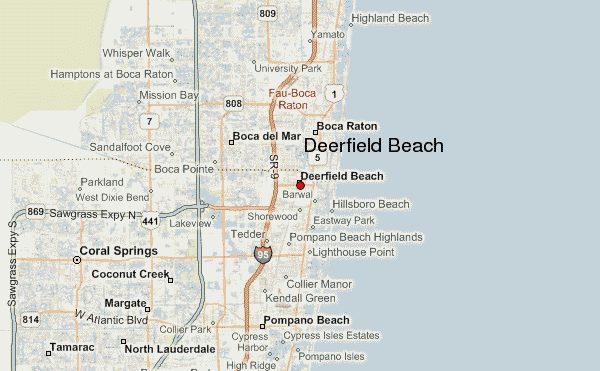Map Of Florida Time Zones
Starting on March 11, 2018, most American citizens moved their clocks one hour forward to abide by Daylight Saving Time (DST). With the majority of regions in the United States abiding by this time change, this shift lasts eight months until the first Sunday in November when clocks are set back an hour. One state, however, is leading the charge to make DST a permanent part of their way of life: Florida. The Sunshine State aims to join Hawaii and most of Arizona in opting out of standard time changes, but instead, recognize DST year-round. The Florida Legislature passed the “Sunshine Protection Act” on March 6, 2018, which sought to make sure the state would permanently observe DST. The Act, if passed by the United States Congress, would put an end to the long history of confusing time changes every year. The desire to not “spring forward” and “fall back” every year is felt by the majority of the state’s population. However, it is unlikely that the act will pass without a fight. While there are several reasons why making DST year-round is bad for the country, one of the main reasons is because it is not a uniform change across the continental United States. This means that states in the Eastern Time Zone would be three hours ahead of states in the Pacific Time Zone during a portion of the year. But, is the proposed bill as clear-cut as it seems? Opposing the act, Senators Wyden of Oregon and Scott of South Carolina introduced a bill two days later called “The Sunshine Protection Act of 2018.” This bill would allow states to choose whether to use DST, make it year-round or adopt standard time permanently. A question on many people’s mind is what would be the benefits of all-year daylight saving time if the act passes? From improving tourism revenue to boosting the economy, below are some reasons why permanent DST could be a good thing: 1) Lower energy usage During the summer months, when DST is observed, fewer people consume energy during the daytime thanks to the extended sunlight. This is because more people are active and out of the house during daylight hours, using fewer lamps and electricity in the home. As a result, the lower energy consumption by households can reduce the strain on the electrical grid, ultimately reducing overall energy costs. 2) Improved tourism Florida attracts a significant number of tourists every year, and if the state rejects DST, it would force visitors to arrive and depart one hour earlier than normal. Considering most of the country already operates on DST, this could significantly impact the state’s tourism industry. However, if the state were to make the switch to all-year DST, it would not only align with the rest of the country by eliminating time differences but also make it easier for visitors to plan their trips. 3) Increase in economic activity More daylight means more options to engage in outdoor activities. This could lead to a boost in economic activities such as tourism and recreation in areas that experience weather changes. Additionally, Outdoor activities generally increase when DST is enforced, leading to an increase in sales of clothing and equipment required for activities such as camping or hiking. In conclusion, the move to make Year-Round Daylight Saving Time in Florida has advantages and disadvantages that need careful consideration. While some of the benefits may favor the state, the decision can have far-reaching implications on the rest of the continental United States. At the same time, the benefits could outweigh the disadvantages if appropriate measures are put in place. However, until a decision is made by the government, Floridians and the nation will continue to push their case for or against DST. 

mcimaps.com
www.wkrg.com




Post a Comment for "Map Of Florida Time Zones"